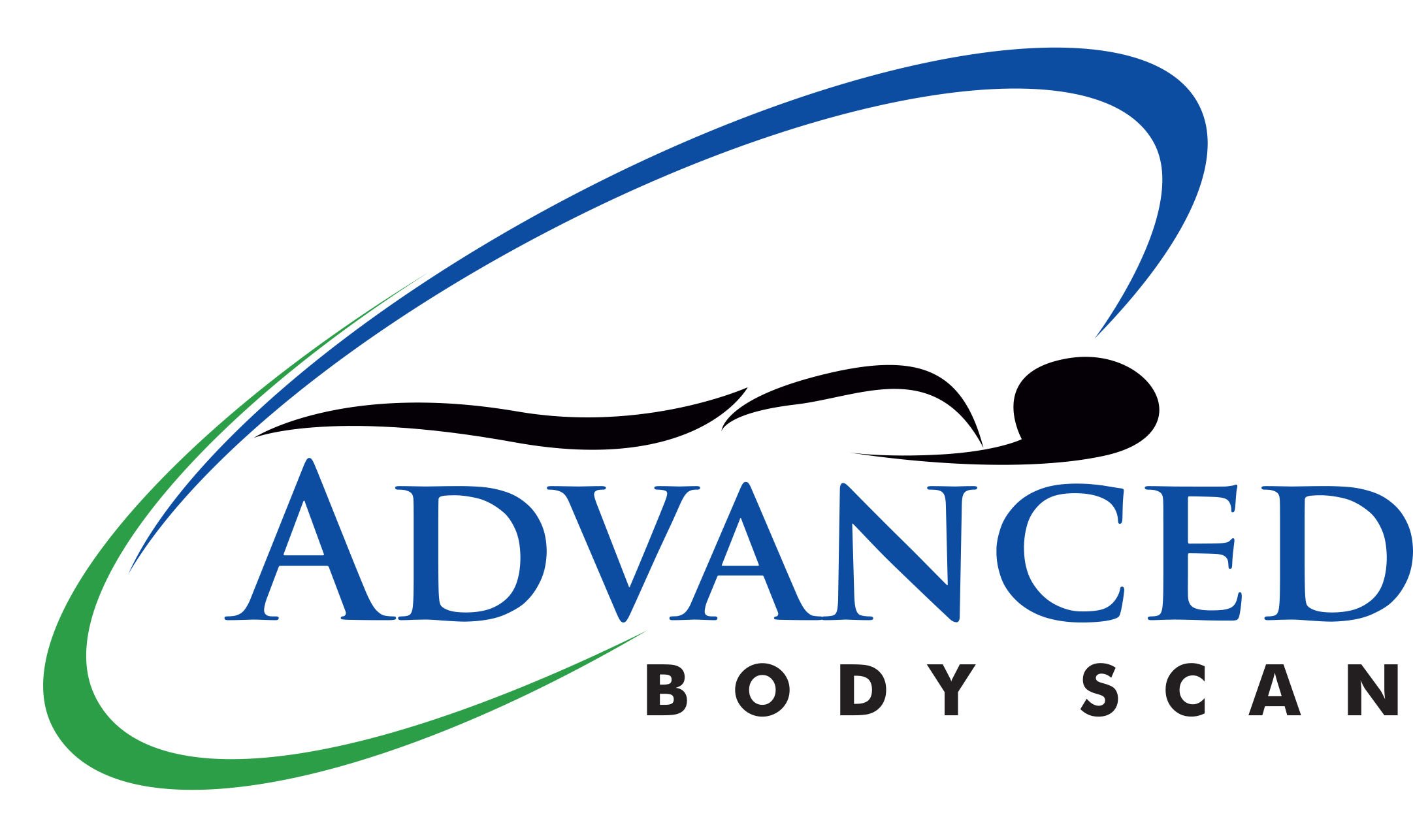As we head into the holiday season, life can get rather hectic and stressful. Due to this stress, it is the highest time of year for people to suffer from heart attacks and strokes. While the majority of people are aware of the symptoms of a heart attack (chest discomfort, shortness of breath…), many do not know the signs of a stroke or why it occurs.
Stroke is the number five leading cause of death in the U.S. and the number one cause of disability. It is a disease that begins at the heart affecting the arteries leading to and within the brain and occurs when a blood vessel carrying oxygen is either blocked by a clot or bursts. If this happens that part of the brain cannot get the blood and oxygen needed and brain cells begin to die.
To help with awareness the American Stroke Association has put together a list of symptoms using the acronym F.A.S.T.
F – Face Drooping. Look for one side of the face to droop or become numb. Ask the person to smile. Is their smile uneven?
A – Arm Weakness. If one arm is feeling weak or numb ask the person to raise both arms. Does one arm tend to drift downward?
S – Speech Difficulty. Is the person’s speech slurred? Are they unable to speak or are they difficult to understand? Ask the person to repeat a simple sentence such as “The sky is blue.” Is it repeated correctly?
T – Time to call 911. If the person shows any of these signs, call an ambulance and get them to the hospital as soon as possible, even if the symptoms go away. Check the time to document when the symptoms began.
While these are the most common signs, like any disease, they can differ person to person. Here are a few others to be on the lookout for.
- Numbness or weakness of face, arms, or legs. Especially on one side of the body.
- Sudden confusion, trouble speaking or understanding.
- Trouble seeing in one or both eyes.
- Trouble walking, dizziness, loss of balance or coordination.
- Sudden severe headache with no known cause.
At Advanced Body Scan we have the technology to detect this disease before it turns deadly. With our body scans, heart scans, and ultrasounds we can identify blood clots, unusual blood flow, and carotid artery blockages before they take a fatal turn.
